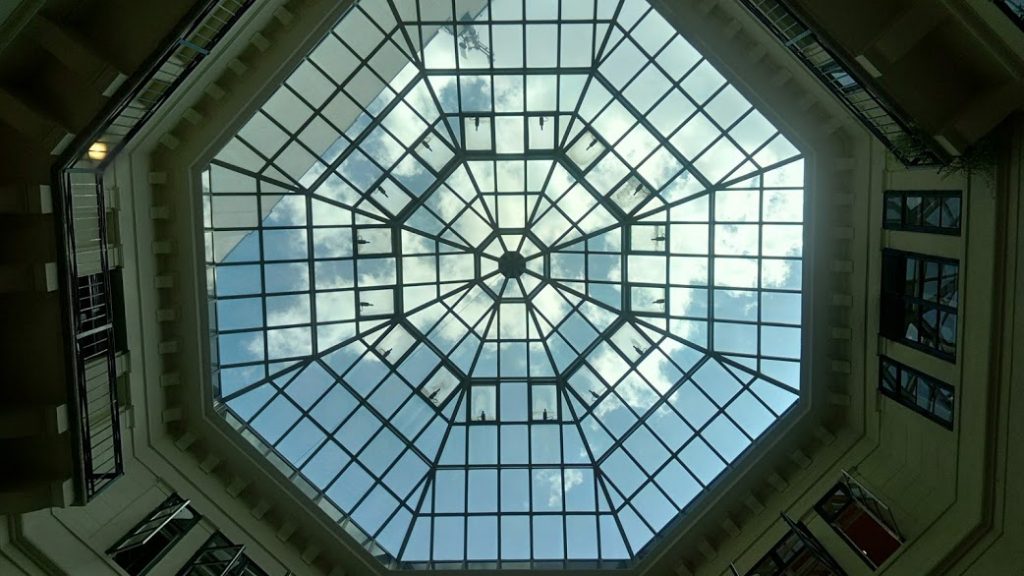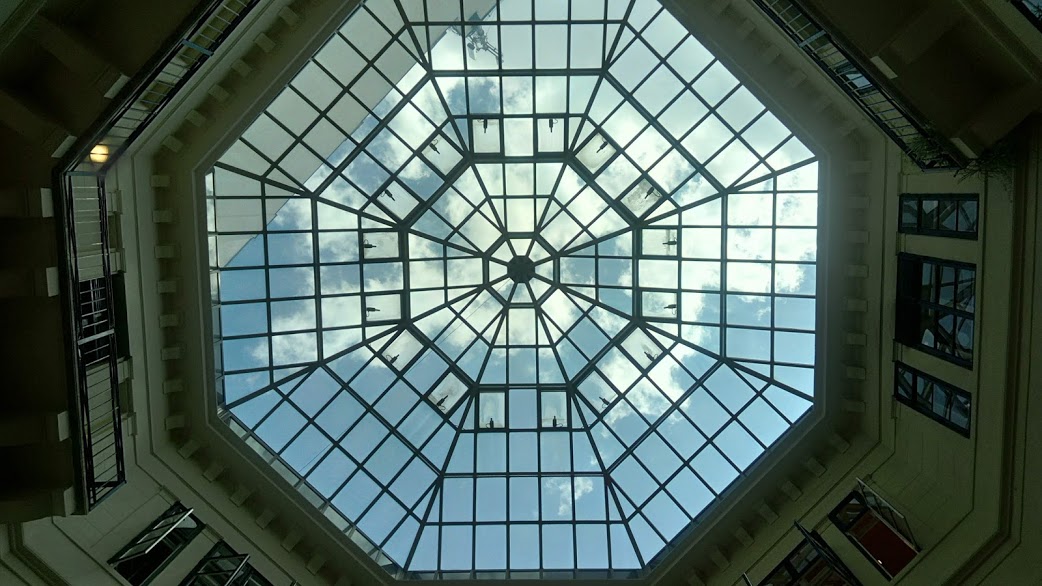Adaptive reuse of buildings and places that have lost their former use is a practice as old as buildings and places themselves. It provides opportunities for places to (re)develop their identity, uniqueness, and attractiveness, and recycle and reuse what it there rather than start from scratch. It has also become promoted as potential for inward investment and economic growth. With the pressure of urban development, or sometimes the lack of this pressure, we see plenty examples of reuse, ranging from facadism removing most historic fabric, through to more creative interventions in historic fabric. For example the eclectically mixing layers of history, designing a seemingly evolutionary next layer, creating analogy with the material from the past, (re)creating space by restoring a building back to one specific period in time, removing all (usually newer) fabric, or inserting or attaching new contrasting elements through to simple ‘light’ reuse, or even temporarily squatting a building to show its potential for reuse, and protest its demolition.
All these activities however take place under very different institutional and regulatory frameworks that influence what can happen in the first place, as well as the limits of acceptable change, and chances of success. The mapping and analysis of these different national contexts, sets out to improve the understanding of how these systems work differently, creating an overview of various approaches, and the wide range of policies and actors involved. It develops an overview and understanding of the current policies and legal frameworks regulating and influencing adaptive re-use practices, including the financial and funding mechanisms. It focuses on the formal processes and procedures around adaptive heritage reuse, in for all the countries OpenHeritage has case studies in, either in the form of Collaborative Heritage Labs (CHLs) or as Observatory Cases (OCs). A thematic analysis of this country level data not provides insights in how they function, but also how they vary, what the barriers to adaptive reuse of heritage are, as well as what approaches, tools, and combinations of funding, policy, and practices work most or less effectively. As such the deliverable is a contribution to understanding the contextual conditions in which adaptive heritage reuse occurs in these fifteen European countries. The report also provides an overview of how adaptive reuse of heritage might be understood at a European scale, looking at programmes, policies and plans by EU and other significant European level stakeholders such as CoE.
The comprehensive report is available among the deliverables of the project.


